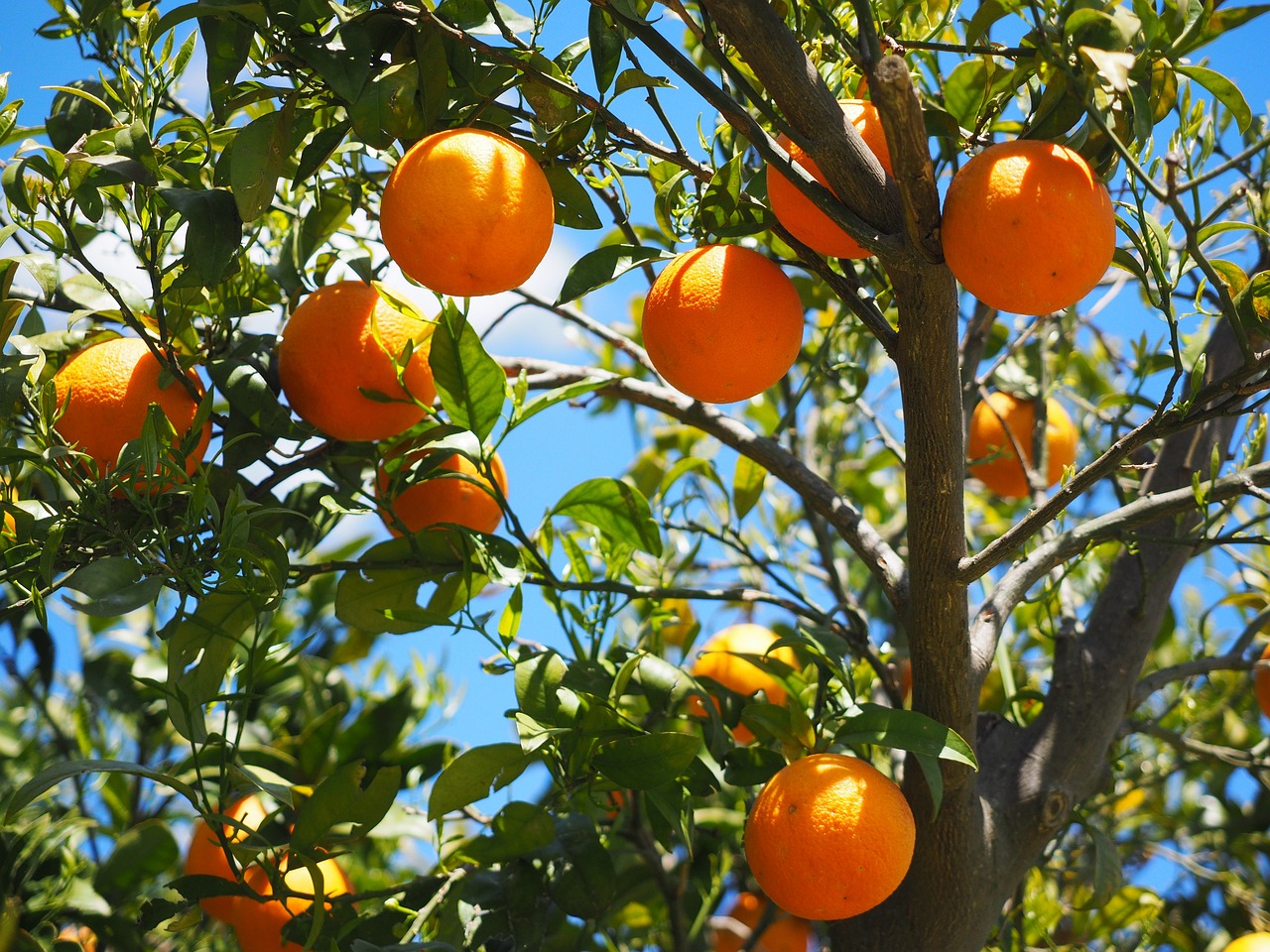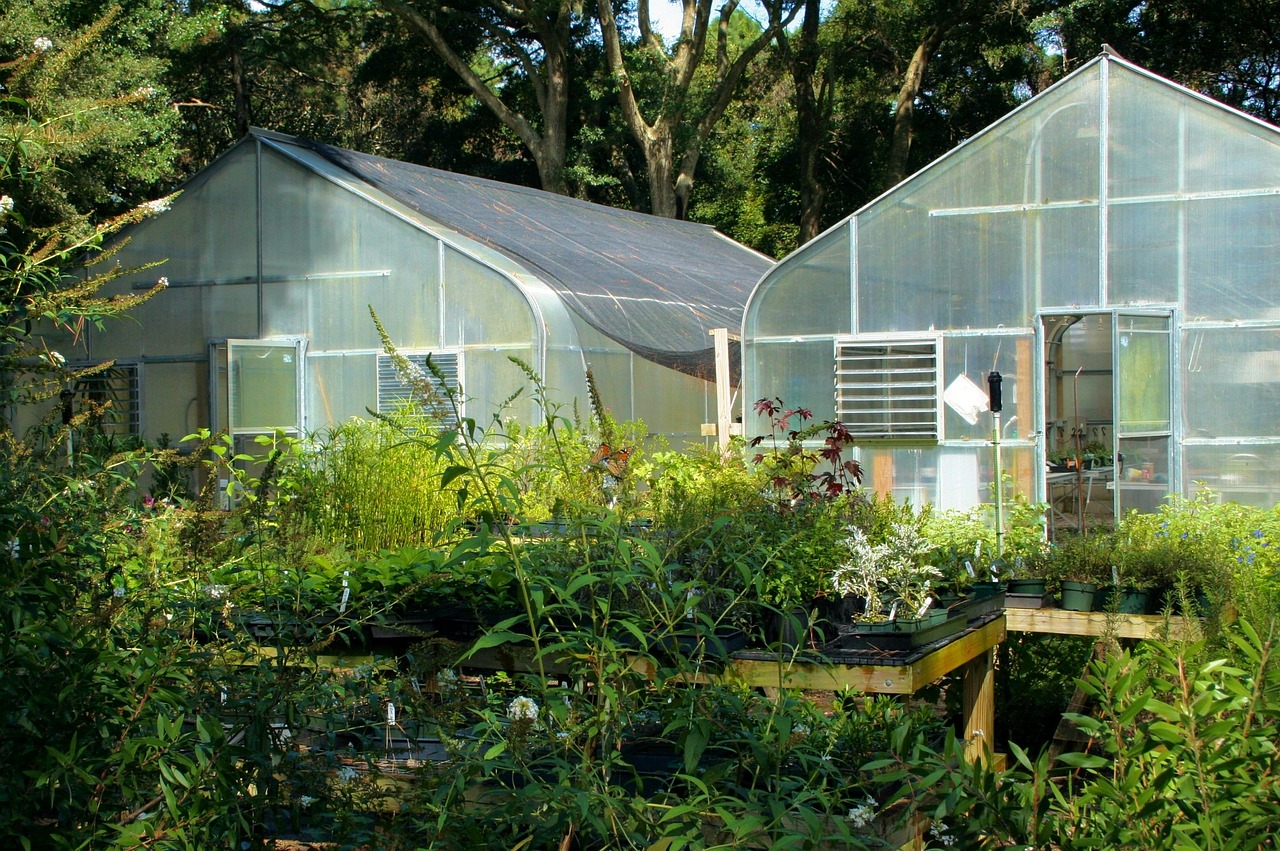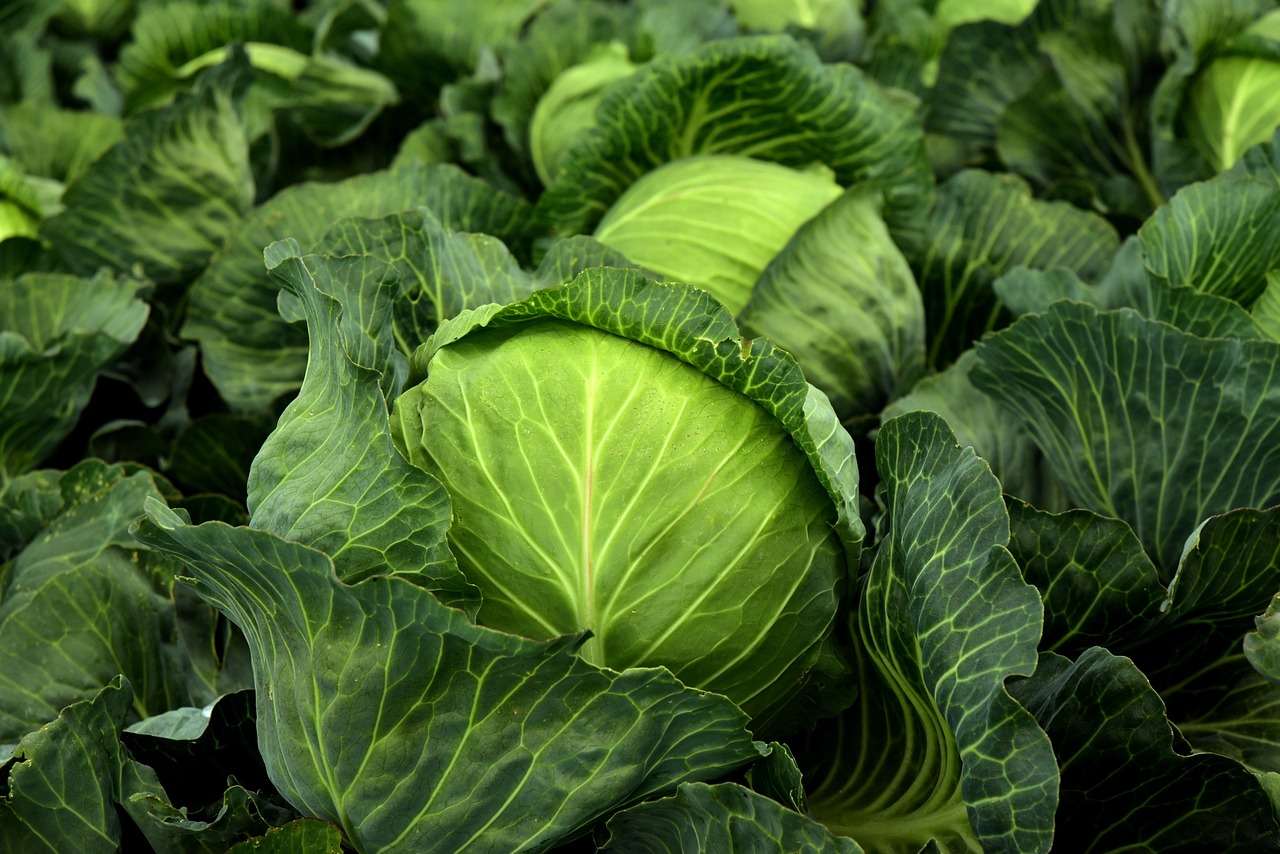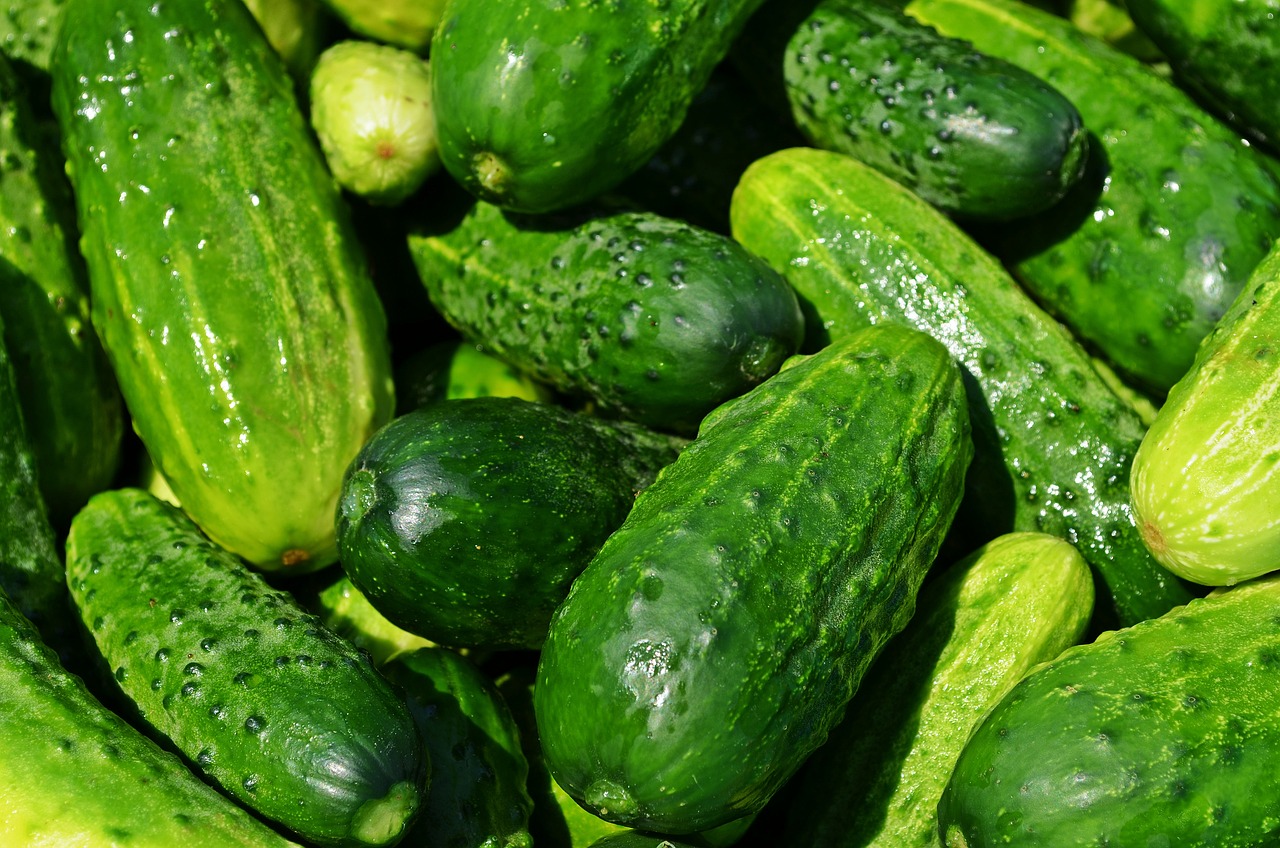Are you interested in growing your own organic vegetables but lack the space for a traditional garden? Container gardening may be the answer you’re looking for. With the right strategies, you can successfully grow a variety of vegetables in containers, even if you have limited outdoor space.
The key to growing healthy and nutritious vegetables in containers is to choose the right container and soil, select the best vegetables for container gardening, provide proper watering and nutrients, manage pests and diseases, and properly harvest and maintain your container garden.
In this article, we’ll explore each of these strategies in detail so that you can confidently start your own container garden and enjoy the benefits of fresh, organic vegetables at home.
Choosing the Right Container and Soil
Looking for the best way to grow organic veggies in containers? Well, choosing the right container and soil is key!
When it comes to container materials, you have a wide variety of options to choose from. You can use plastic pots, terracotta pots, wooden boxes, or even recycled containers like old buckets or bottles. However, it’s important to choose a container that is big enough for your plants to grow comfortably. Your container should also have proper drainage holes to prevent water from pooling and causing root rot.
As for soil mixtures, it’s best to use a high-quality organic potting mix that is specifically formulated for container gardening. This type of soil mix will provide your plants with the right balance of nutrients, moisture retention, and drainage.
With the right container and soil, your organic veggies will thrive in their new home!
Selecting the Best Vegetables for Container Gardening
One key aspect of successful container gardening is choosing the best veggies for the job. When selecting vegetables for container gardening, it’s important to consider the container size and the plant spacing.
Some vegetables, such as tomatoes, require deeper containers, while others, such as lettuce, can thrive in shallow ones. Additionally, plant spacing is crucial in ensuring that each plant has enough space to grow and receive adequate sunlight.
Aside from container size and plant spacing, it’s also important to choose the best soil and fertilizer for your vegetable plants. Look for potting soil that is specifically formulated for container gardening, as it will have the right balance of nutrients and moisture retention.
When it comes to fertilizer, organic options are the best choice for growing organic vegetables. You can choose from organic fertilizers such as compost, worm castings, or fish emulsion to provide your plants with the nutrients they need to thrive.
By selecting the best vegetables and using the best soil and fertilizer, you’ll be well on your way to a successful container garden.
Providing Proper Watering and Nutrients
To ensure your plants thrive, it’s essential to give them regular watering and nutrient boosts through organic fertilizers.
The container size and drainage play a crucial role in providing adequate water to your plants. You should choose the right container size that suits your plant’s growth and provides enough space for the roots. Additionally, you should ensure that your container has proper drainage holes to avoid waterlogging, which can cause root rot and damage your plant.
Composting and fertilizing are essential for providing your plants with the necessary nutrients for healthy growth. Composting is an excellent way to enrich the soil and provide a steady supply of nutrients to your plants. You can start composting your kitchen scraps, yard waste, and other organic matter to create a nutrient-rich compost that you can use in your container garden.
Additionally, you can use organic fertilizers like fish emulsion, bone meal, and blood meal to provide your plants with the necessary nutrients. By providing your plants with regular watering and nutrient boosts, you can ensure that they grow healthy and produce a bountiful harvest.
Managing Pests and Diseases
Make sure you’re vigilant in checking for pests and diseases in your container garden, as they can quickly spread and harm your plants.
One way to manage pests and diseases is through natural pest control methods. You can attract beneficial insects, such as ladybugs, lacewings, and praying mantis, to your garden by planting flowers like marigolds and alyssum. These insects are natural predators of common garden pests like aphids and whiteflies.
You can also use organic pest control sprays, such as neem oil or insecticidal soap, to treat specific pest problems.
Another method for managing pests and diseases in your container garden is through companion planting. This involves planting certain plants together that have a mutually beneficial relationship. For example, planting basil with tomatoes can repel pests like aphids and tomato hornworms. Similarly, planting garlic with onions can help deter pests like thrips and onion maggots.
By implementing natural pest control methods and companion planting, you can help ensure the health and productivity of your organic container garden.
Harvesting and Maintaining Container Gardens
You’re probably wondering how to keep your container garden healthy and productive once it’s fully grown. Well, harvesting your produce is just the beginning!
You’ll need to properly store your fruits and vegetables to keep them fresh and delicious. Some vegetables can be stored in the refrigerator, while others are better kept in a cool, dark place. Be sure to research the best way to store each type of produce to maximize its shelf life.
Once you’ve harvested all of your vegetables, don’t toss the remains in the trash! Composting is a great way to turn your organic waste into nutrient-rich soil for your future container gardens. You can even use the compost to fertilize your current container garden, providing it with the necessary nutrients for a healthy and productive harvest.
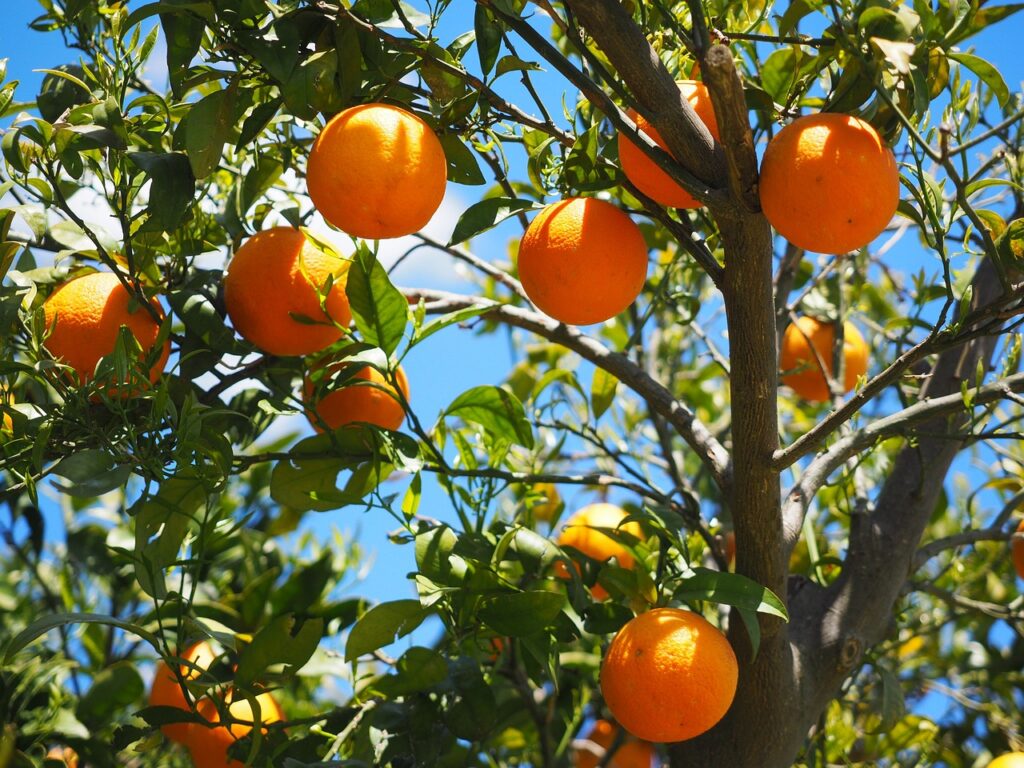
Additionally, if you’re short on space, consider maximizing your container garden by trying out vertical gardening techniques. This will allow you to plant more in a smaller area, resulting in a bountiful harvest.
Frequently Asked Questions
How do I know if my container garden is getting enough sunlight?
To measure sunlight, use a light meter or observe the shadow patterns throughout the day. Optimal sun exposure for most vegetables is 6-8 hours of full sun. Check daily to ensure your container garden is getting enough sunlight.
Can I reuse soil from a previous container garden or do I need fresh soil each time?
You can reuse soil from a previous container garden, but it’s important to prep it properly. Pros include saving money and maintaining beneficial microorganisms, but cons include potential disease and nutrient depletion. Add fresh compost and fertilizers for optimal results.
Is it possible to grow root vegetables in containers?
Yes, you can grow root vegetables in containers. Container size and crop selection are important factors to consider. Optimal soil conditions with good drainage and plenty of nutrients are necessary for successful growth.
How often should I fertilize my container garden and with what type of fertilizer?
For container garden fertilization, use an organic fertilizer every 2-4 weeks. Choose a fertilizer that matches the needs of your vegetables and soil type. Amend soil with compost for added nutrients.
Are there any specific types of pests or diseases that are common in container gardens?
To prevent pests and diseases in your container garden, consider using natural pest control methods such as companion planting and removing diseased plants. Regularly inspect your plants for any signs of infestation and treat them immediately with organic pest control products.
Conclusion
Congratulations! You now have all the necessary information to successfully grow organic vegetables in containers.
Remember to choose the right container size and type, and use high-quality soil that’s rich in nutrients.
Select the best vegetables for container gardening, such as tomatoes, lettuce, and herbs, and provide them with proper watering and nutrients.
Be sure to manage pests and diseases by using natural methods like companion planting and organic sprays.
Finally, enjoy your harvest and remember to maintain your container garden regularly. With these strategies, you’ll be able to grow your own organic vegetables in even the smallest spaces.
So, get started today and enjoy the benefits of fresh, healthy produce that you’ve grown yourself!






